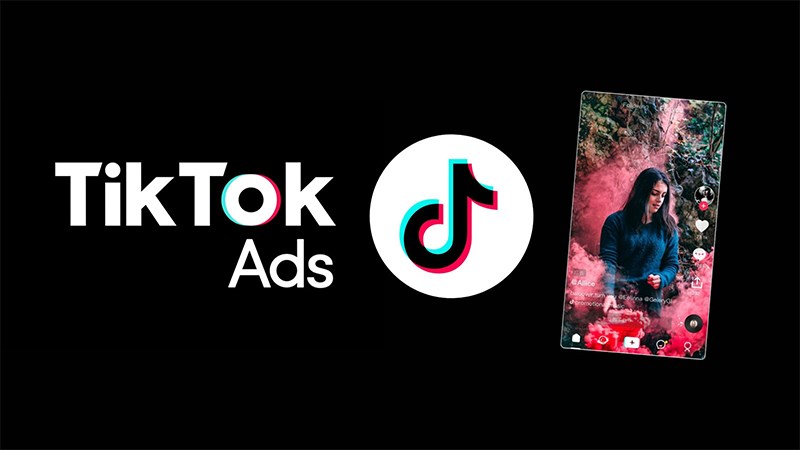
Introduction to TikTok and its Target Audience
In recent years, TikTok has emerged as one of the most influential platforms in the social media space, revolutionizing the way users consume content. Launched in 2016, TikTok has become a space where short videos create an emotional connection with the audience, engaging millions of people around the world. Its interactive design and smart algorithm allow content creators to quickly stand out, which has led to its exponential growth in active users.
The demographic profile of TikTok's users is diverse, but an analysis reveals that the majority of its users are young, with a particular focus on Generation Z. According to recent statistics, approximately 60% of users are between the ages of 16 and 24. This demographic trend translates into an environment where young consumers value authenticity and creativity, which offers unique opportunities for advertising. Brands that understand these aspects and adapt their marketing strategy are in a position to capture the attention of this demanding audience.
In addition, users' interests are varied and include categories such as fashion, music, humor and beauty. This type of content not only generates entertainment but also drives consumption and user interaction with brands. Statistics show that more than 40% of TikTok users have made a purchase after seeing a product promoted on the platform. This highlights TikTok's relevance in today's advertising ecosystem, where visual and authentic content has the power to move consumers to action.
Setting Up Ad Campaigns with TikTok Ads
Setting up ad campaigns on TikTok Ads is a process that can seem daunting at first, but with attention to detail and meticulous planning, it can be done effectively. When starting out, it is essential to access the TikTok Ads Manager platform, where the entire setup process will take place. From this dashboard, advertisers can create, manage and optimize their campaigns.
The first step is to select the appropriate campaign objective. TikTok offers several options, including traffic, conversions, and brand awareness. Each objective is designed to help businesses achieve specific goals, so it's important to choose the one that best suits the brand's needs. Once the objective is defined, the next step is to determine the budget. Advertisers can opt for a total or daily budget, which allows them to have more precise control over their spending and the ability to scale campaigns based on their performance.
Audience targeting is a critical component of setting up ad campaigns on TikTok. This involves choosing the demographics, interests and behaviors that best represent your target audience. TikTok provides detailed targeting tools, ensuring that ads reach the most relevant users. In turn, selecting the ad format is essential. Options include in-feed ads, branded ads and branded challenges, among others, allowing advertisers to experiment with different creative approaches.
Finally, when optimizing the campaign, it is advisable to analyze performance through metrics offered by the platform. This will help to make adjustments in real time and improve campaign results. Thus, advertisers can maximize the impact of their advertising efforts on TikTok and effectively achieve their marketing objectives.
Tips for Creating Engaging Content on TikTok
Creating engaging content on TikTok is critical to capturing users' attention and making a meaningful impact with advertising. To maximize the effectiveness of TikTok Ads campaigns, it is important to follow certain best practices that ensure videos are visually interesting and relevant.
First, video production should be of high quality. This involves using good lighting, clear audio and careful editing. First impressions are crucial on TikTok, where users make quick decisions about what to watch, so ads must be visually appealing from the first second. The length of the content is also a factor to consider; short videos tend to generate more interest and keep the audience's attention.
In addition, music plays an essential role in the content's appeal. Selecting popular songs or participating in trending challenges can increase visibility and engagement. Trending and viral challenges are an excellent opportunity for brands to connect with their audience in a natural and entertaining way. Incorporating pop culture elements into the narrative can make content resonate more with viewers.
Using visual and narrative elements that tell a story is another effective method to capture attention. Brands can employ techniques such as using creative transitions and visual effects that keep users engaged. Examples of successful campaigns include the use of personal and humorous narratives, which have proven to be effective in connecting with audiences.
In summary, when creating engaging content on TikTok, it is essential to focus on quality, strategic use of music, trending engagement and compelling visual storytelling to maximize the impact of each ad campaign.
Performance Measurement and the Importance of the TikTok Pixel
Measuring results is an essential component of any advertising strategy, and in the case of TikTok, this is achieved through the analytics tools the platform offers advertisers. These tools make it possible to evaluate the performance of advertising campaigns, providing data on ad interaction and reach, as well as the impact on conversions. By obtaining this information, advertisers can identify which tactics are working and which ones need adjustments.
One of the most effective strategies for improving performance measurement is the implementation of the TikTok Pixel. This code, once installed on the advertiser's website, allows tracking different actions that users take after interacting with an ad, such as purchases, registrations or downloads. By collecting accurate data on user behavior, the TikTok Pixel provides valuable insights that can be used to optimize future advertising campaigns. This includes the ability to adjust targeting and personalize ads based on observed behavior.
In addition, we recommend the use of KVTemplate, a tool that facilitates the integration of the TikTok Pixel into ad campaigns. KVTemplate not only simplifies the process of adding the Pixel, but also optimizes data collection, resulting in more effective audience targeting. By improving the quality and quantity of data collected, advertisers can create more relevant and personalized campaigns that resonate with their target audience, thereby increasing the effectiveness of their advertising efforts on TikTok.




